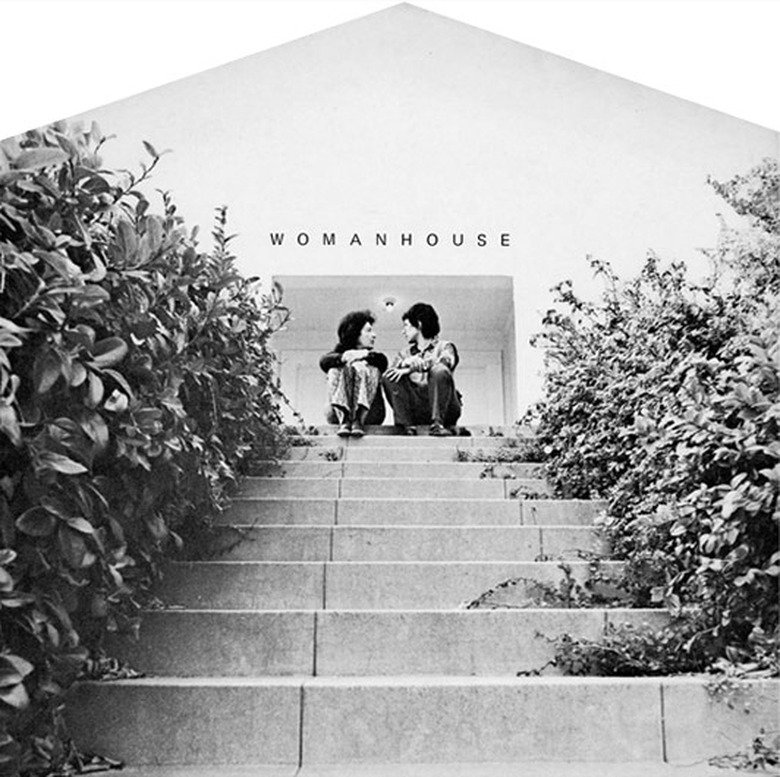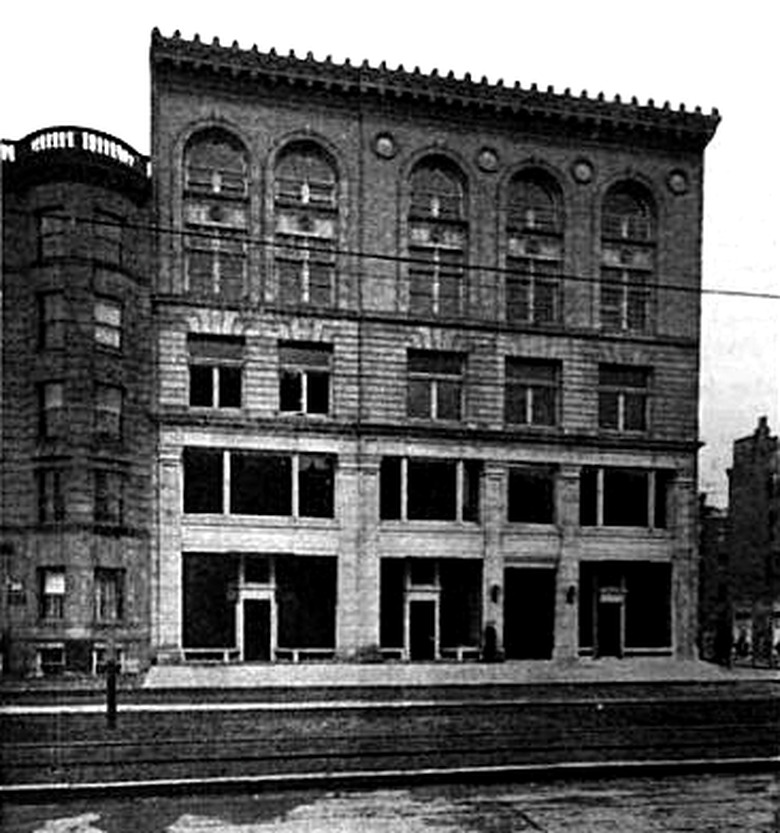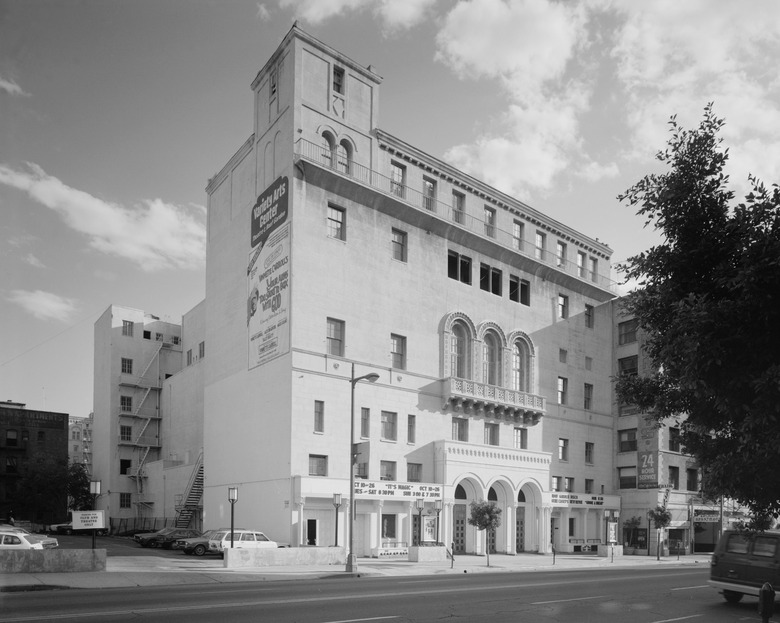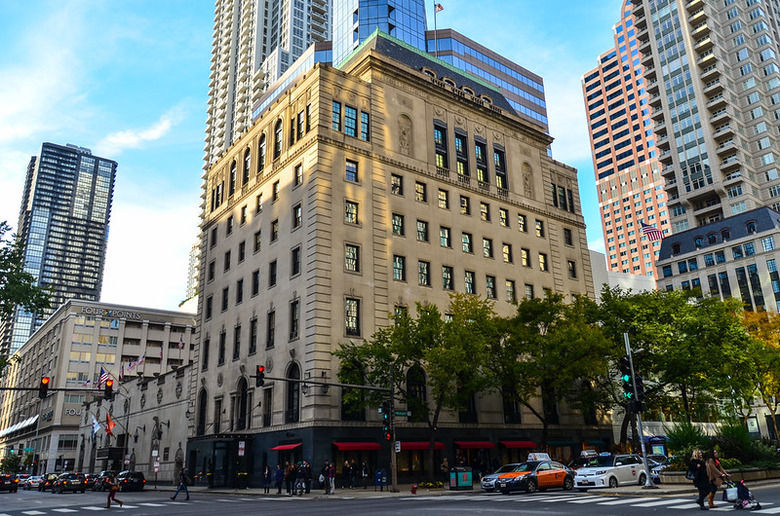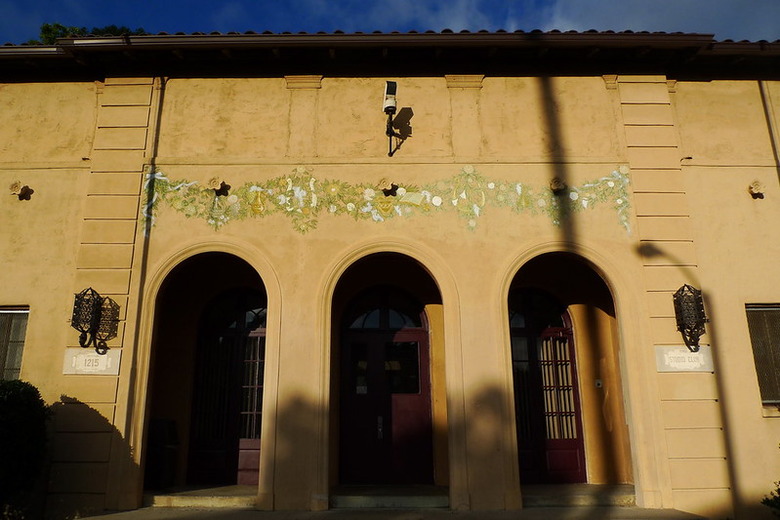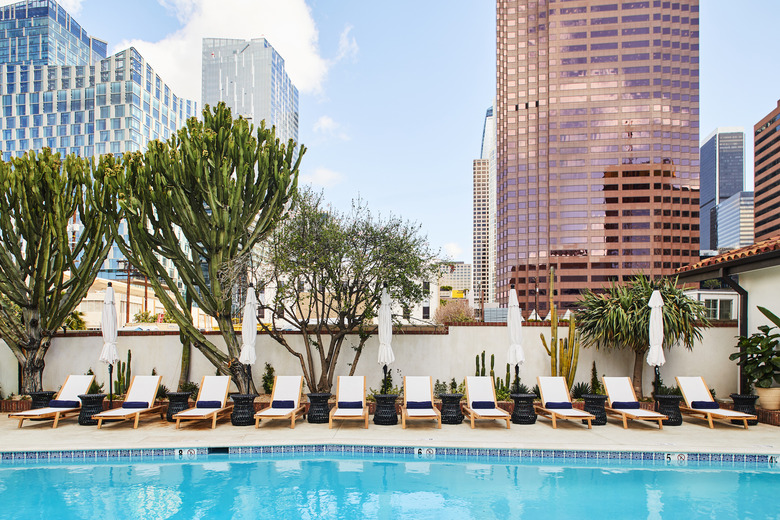Before The Wing, These Were The Women-Only Spaces Making Waves
In February 1868, the New York Press Club hosted a dinner in honor of Charles Dickens. Jane Cunningham Croly — an accomplished journalist and author, and one of the first women to write a syndicated column — had planned to attend the prestigious banquet. As did Fanny Fern, a popular columnist known for her conversationalist, satirical pieces. To their surprise, Croly, Fern, and others were denied tickets to the event — after the club decided to bar all women.
The ordeal inspired Croly to channel her anger into action. Joining forces with Fern and a few other women, she founded Sorosis in March 1868. It was the first professional women's club in the U.S. Many of its members were respected writers, artists, historians, and scientists as well as housewives. Meetings were held at Delmonico's, an upscale restaurant that provided the club with their own dining room for women-only lunches and lectures. By daring to dine and think in public, the women sparked a movement still reverberating today.
Flash forward to the present. In the past decade there has been a resurgence of women-only coworking spaces providing community, a comfortable work environment, and professional development for freelancers, working moms, and entrepreneurs alike. The Wing, which gained a whirlwind of press since opening in 2016, has multiple locations in New York City, as well as Boston, D.C., Chicago, and London. Offices feature retro-style phone booths, cafes, lactation rooms, libraries, and more. They also host events with luminaries from the business, entertainment, and political sphere, from Jennifer Lopez to Stacey Abrams. Hera Hub, the first international co-working and shared office space for women, launched in 2011 in San Diego. And in 2015, the Women's Center for Creative Work opened in Los Angeles. It includes a daily working space for members, as well as support for in-house projects like a library, a feminist small press, and a health grant for artists.
Organizations like L.A.-based Blackbird House and Ohio-based Zora's House provide working spaces specifically for women of color; Black Girls Who Code recently introduced a brick-and-mortar space in New York; and the L.A.-based organization LOOM has a space for classes and services focusing on sexual and reproductive education.
No matter their specific mission, all of these organizations continue the goals and visions of the 19th century and early 20th century club movements, sparked by groups like Sorosis. In celebration of Women's History Month, let's take a look at some of the influential women's-only spaces from the past.
1. New England Women's Club
1. New England Women's Club
Suffragists Harriet Hanson Robinson, Caroline Severance, and Julia Ward Howe founded the New England Women's Club in 1868. Similar to Sorosis, the Club sought to "provide a suitable place of meeting in Boston for the convenience of its members, and to promote social enjoyment and general improvement," according to an article by Martha E.D. White from The New England Magazine. Club activities included art, literature, education, and labor. At first, meetings took place in designated club rooms in the rear of the Tremont House, a popular hotel. Around 1903, the club moved to the New Century Building on Huntington Avenue (pictured here), designed by architect Josephine Wright Chapman, before moving to the Chauncy Hall building in 1909. Their projects included founding an association for working women and a horticultural school for women.
2. Friday Morning Club
2. Friday Morning Club
Abolitionist, suffragist — and first president of the New England Women's Club — Caroline Severance moved to California in 1875. After two failed clubs, she finally launched Friday Morning Club in 1891. The organization was located in downtown Los Angeles, and focused on cultural, civic, and social reforms. In 1923, architects Allison & Allison designed their second building, a fanciful six-story clubhouse done in an Italian Renaissance revival style.
The FMC was reportedly the first woman's group to fund and build their own clubhouse. In addition to an elaborate dining room, there were two on-site auditoriums, which members used for art and theater events. Buoyed by Severance's connections, the Club became a political force in Los Angeles. Members established kindergartens, founded a traveling library, and created a mental health clinic. Residing in their downtown location for 60 years, FMC moved to Wilshire Boulevard in 1985 before disbanding a few years later. After the FMC sold the downtown building, it was renamed the Variety Arts Center, and functioned as a concert venue for a few years. The center closed in 1988, and although the building has had a variety of owners, it has been vacant since 2016.
3. Women's Athletic Club
3. Women's Athletic Club
Founded in 1898 in Chicago, the Women's Athletic Club was the first athletic club for women. Frequented by the wives of prominent Chicagoans, the club's motto was "created by ladies, for ladies," according to their site. In 1929, the Club moved to its current location along Miracle Mile. Architect Philip B. Maher designed the building in a modern French-style classical design. Marian Gheen decorated the interiors in an early 20th century Beaux Arts and Art Deco style. Some notable pieces of decor include the chandeliers hanging from the second floor gallery and card room. The Club offers a gym, fitness classes, pool, and spa. Members are also treated to musical performances and guest speakers.
4. Hollywood Studio Club
4. Hollywood Studio Club
Concerned about the droves of young women moving to Los Angeles to make it in the film industry, the Young Women's Christian Association (YWCA) established the Hollywood Studio Club in 1916, a chaperoned dormitory for women seeking careers in Hollywood — whether as actresses, secretaries, or other production positions. In 1926, the club opened a new building on Lodi Street, designed by architect Julia Morgan. The building boasts a Mediterranean style, with full-length arched windows, balconies with iron balustrades, and decorative brackets. There was a painted frieze above the entrance, and the interiors were awash in green, rose coral, and tan. The Club offered a range of performing arts classes and organized social events, including dances, tea parties, and fashion shows. For 60 years, the club housed over 10,000 women including Mary Pickford, Marilyn Monroe, Rita Moreno, Kim Novak, and Sharon Tate. The Club closed in 1975.
5. Hotel Figueroa
5. Hotel Figueroa
Across the street from the Friday Morning Club stood Hotel Figueroa, opened in 1926 by the YWCA in an effort to provide a safe haven for professional and/or traveling women. The hotel was designed in a Spanish style, with arched hallways and colorful tapestries. The color scheme featured a mix of gold and black, with flourishes of green and rose. The 268-room hotel came equipped with telephone booths, a travel desk, a newsstand, writing salon, beauty parlor, and coffee shop. There were weekly social events like bridge, golf, and music. Hotel Figueroa was run by the iconoclast Maude N. Bouldin, the first woman to manage a hotel in the U.S. Thanks to her influence, the building became known for supporting groups dedicated to social activism. Because of this, the hotel was a go-to space for artists and club women alike. Financial issues forced the hotel to open their doors to men in 1928. In 2014, the hotel came into new ownership and went through a three-year restoration, reopening in 2018. The hotel swapped most of the Spanish influence for a more contemporary design with Moroccan-inspired details.
6. The Barbizon
6. The Barbizon
Located on the Upper East Side of New York City, The Barbizon was a residential hotel that also catered only to women. The hotel was built in 1927 and showcased a mix of styles: Italian Renaissance, Late Gothic Revival, and Islamic architecture flourishes. For 30 years, the salmon-hued sandstone building was a popular destination for women hoping to make a career for themselves in Manhattan. In order to guard their residents from the "sins" of the city, the hotel enforced a strict dress code and conduct rules. It attracted a lot of well known actresses and writers throughout the years; Sylvia Plath even referenced the building in The Bell Jar. Other famous residents include Lauren Bacall, Phylicia Rashad, Joan Didion, and Renata Adler.
7. Woman's Building
7. Woman's Building
In 1973, fed up with the male-dominated atmosphere at the California Institute of the Arts, a few teachers — artist Judy Chicago, graphic designer Sheila Levrant de Brettevile, and art historian Arlene Raven — decided to found the Feminist Studio Workshop, the first independent art school for women. After meeting in de Bretteville's house and a vacant building in MacArthur Park for a few years, the group secured a former Standard Oil Company building-turned-warehouse in downtown Los Angeles. The original center and new headquarters both became known as the Woman's Building.
With three floors of open space, the Beaux Arts building was a perfect place to expand the vision and scope of FSW. From 1975 until 1991, the building offered extensive arts and educational programming, including classes, a reading series, exhibitions, interactive installations, and more. The Woman's Building thrived as a mecca for feminist and queer artists looking to experiment with new ideas, techniques, and teaching approaches.
